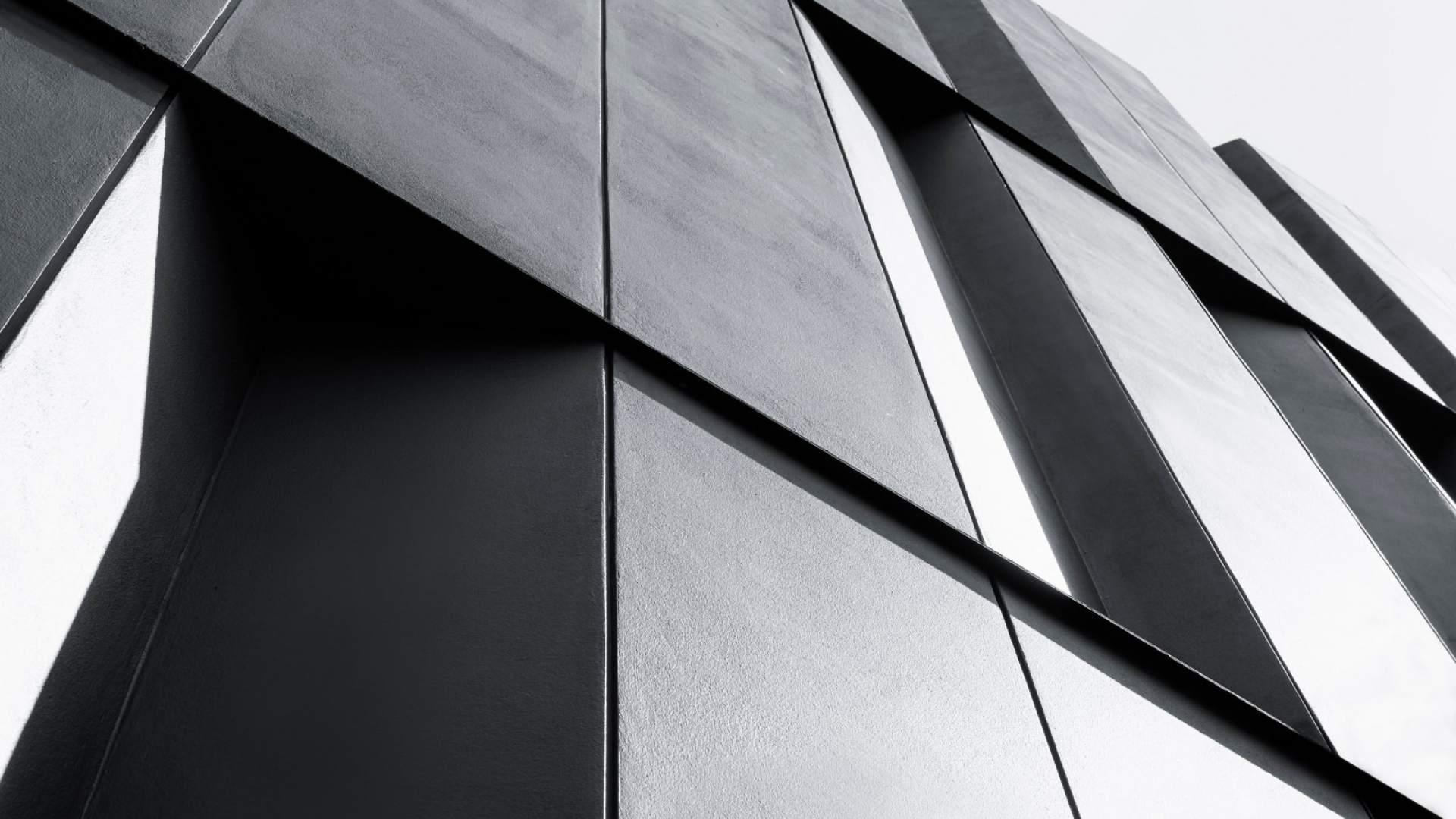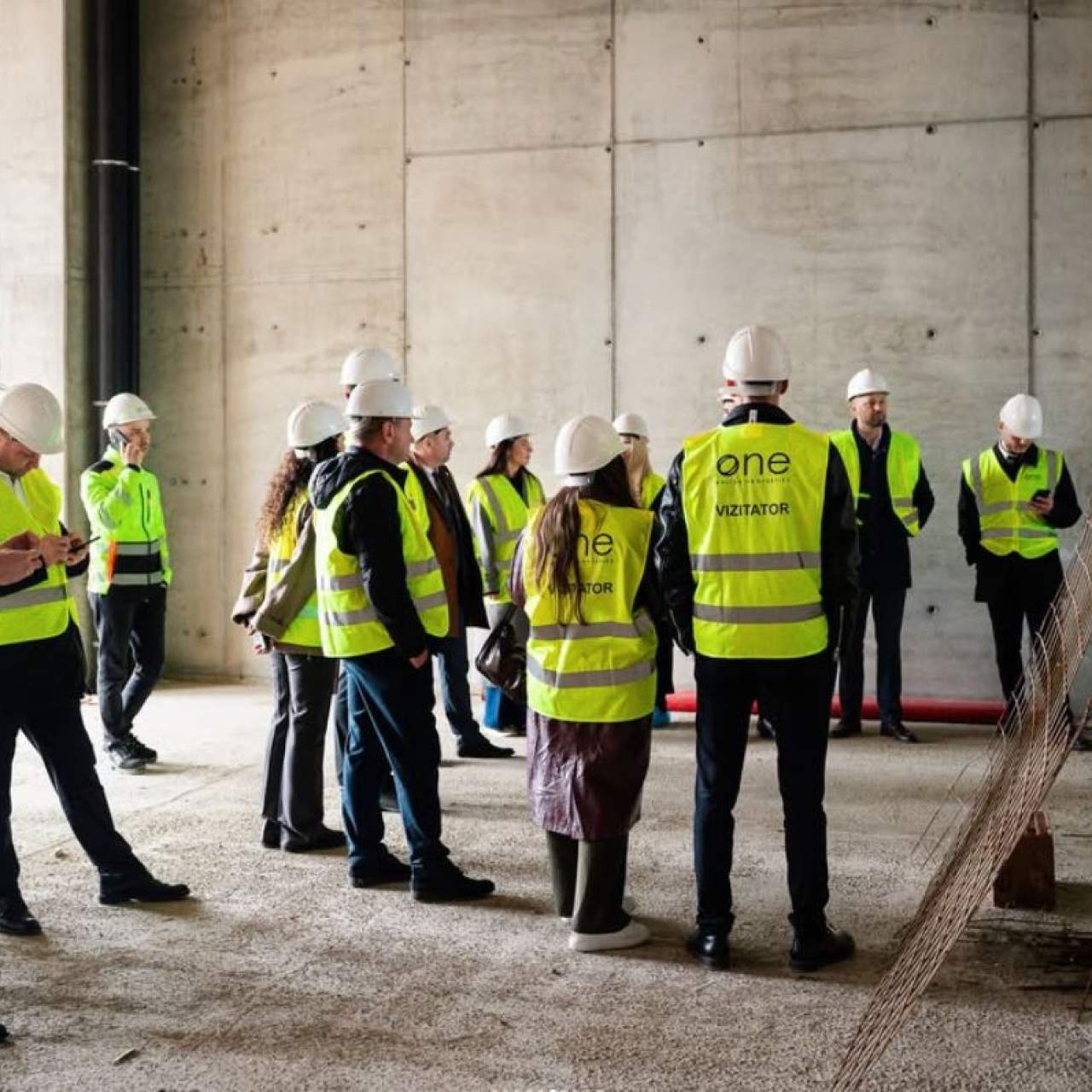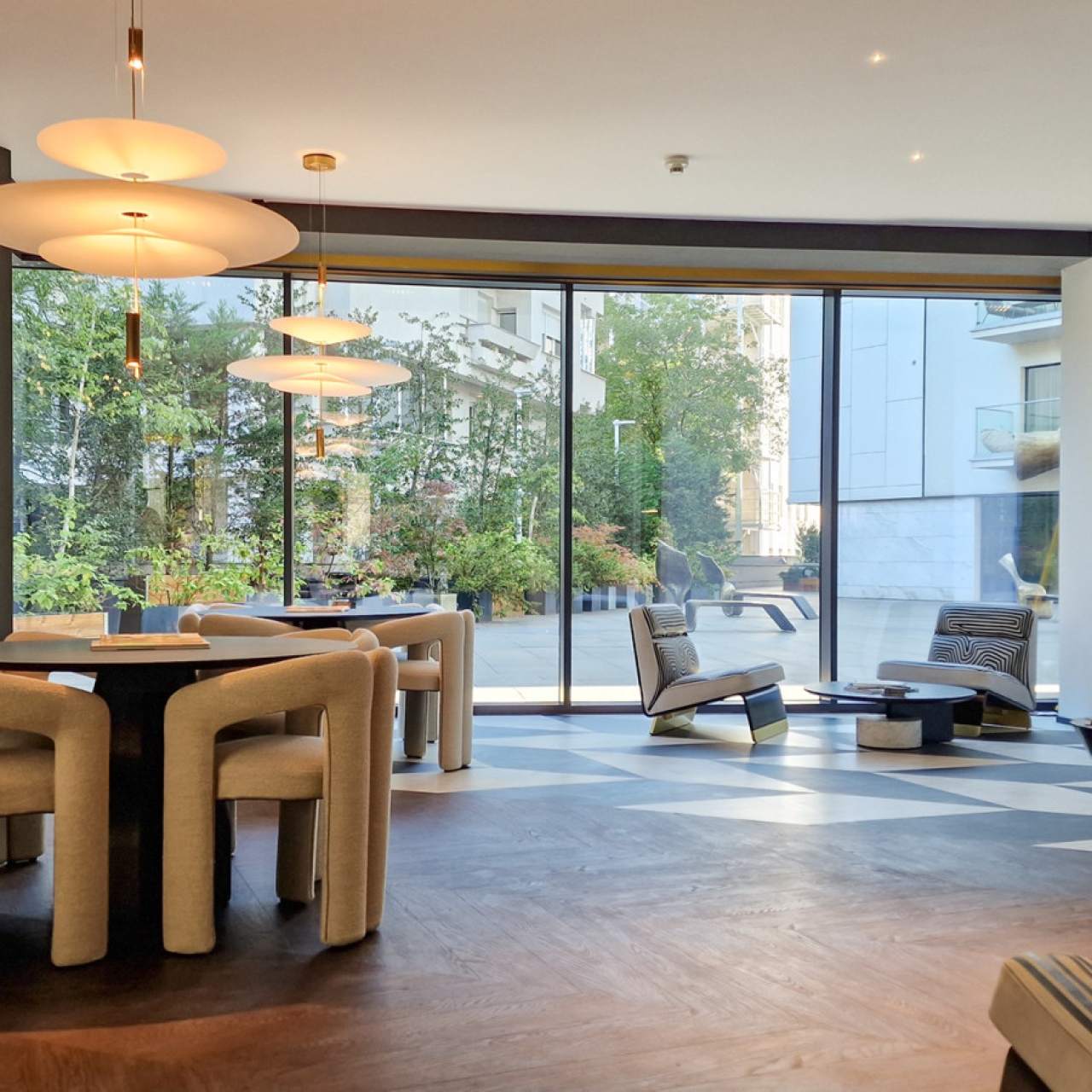
Famous architectural styles
Over the centuries, architecture has undergone radical transformations, leaving us with a legacy of buildings that amaze with grandeur, charm, or simplicity. We have chosen to present ten of the most famous architectural styles in history, with the elements that differentiate them and the characteristics that made them famous.
Tudor style
This architectural style has its origins in England, during the Tudor dynasty, which dates back to 1485. It later reached a new magnitude in the US, between 1890-1940. Designed by combining elements from the Gothic and Renaissance styles, the Tudor style has as distinctive elements, among others, the windows with grilles, the wooden decorated facades, and the use of exposed brick or stone for the exterior. Another distinctive feature is the bay window, a type of enclosed balcony with windows. The Tudor-style houses and mansions have a fairy-tale charm.
Baroque architecture
Since the beginning of the 17th century, Italy has been the cradle of the Baroque style. Often found in the architecture of large cathedrals, the Baroque style is imposing, contrasting, and dramatic, using elements such as frescoes, domes, and ceilings painted in bright colors. Elements similar to Baroque architecture, but much exaggerated, are found in Rococo architecture.
Victorian architecture
As the name suggests, this style also began in England during the reign of Queen Victoria (1837-1901) but has spread, in various forms, in other British colonies in North America, Australia, and New Zealand. Victorian architecture is easily recognized by the elements used, including high ceilings, carved paneling in intricate patterns, sloping roofs, interior stairs, the use of fireplaces, ornate facades, and bricks in reddish and brown colors.
Art Nouveau
Asymmetrical shapes, mosaic, stained glass, Japanese motifs, and curved shapes are just some of the elements that define Art Nouveau buildings. With European origins, this current started in Belgium and France, later spreading outside the continent, in North America and Canada. Art Nouveau became popular between 1890-1910.
Art Deco
Part of the movement of the same name that started in France in the 1920s and then expanded to other European countries and the US, Art Deco architecture is easy to recognize. It uses both luxury materials (ivory, ebony) and decorative glass, stainless steel, aluminum, bronze, and even plastic. Art Deco architecture is dominated by bold curves, dark colors, glossy surfaces with shades of gold, turrets, contrasts, and geometric shapes, especially triangular or zigzag. The name of this architectural current is an abbreviation for Arts Décoratifs.
Bauhaus
The Bauhaus architectural style has its origins in the early 20th century, being initially promoted by the German architect Walter Gropius. The name was created by combining the German words bau (construction) and haus (house) and also refers to the school of art, design, and architecture founded by this famous architect. By launching this current, Gropius intended to rebuild German society at the end of World War I. He spread this style internationally when he emigrated to the United States. Bauhaus is defined by simplicity and a functional design, for which materials such as glass, steel, and concrete are used. Bauhaus buildings have straight, flat roofs, smooth facades, they lack decorative elements and generally feature basic geometric shapes.
Industrial style
Originally used in the design of factories, warehouses, breweries, and other buildings constructed during the first Industrial Revolution (beginning in 1760), this style was gradually adopted in the architecture of apartment buildings. It is defined by the use of hard, unfinished materials - metal, brick, concrete, high ceilings, which do not hide the pipes used in installations, lack of ornaments, and neutral colors.
Classical architecture
This style reflects influences from the architecture of ancient Greece and Rome, which is why it has as key elements columns, symmetry, and proportions. The predominant materials in constructions with classical architecture are marble, bricks, and concrete. This style was reborn with the advent of neoclassical architecture, of greater monumentality, with the United States Capitol as a reference building.
Modern architecture
As a manifesto to the decorative elements of other architectural styles that preceded it, modern architecture brings with it simplicity and functionality. This style uses glass, wood, brick, stone, steel, and concrete as predominant building materials, while modern buildings also have large windows, which favor the penetration of natural light.
Contemporary architecture
Compared to other architectural styles, contemporary architecture has had the advantage of using technologies such as 3D printers or laser cutting. In many buildings designed according to contemporary architecture, asymmetry, open plans, color contrasts, and unconventional shapes predominate. Another defining feature is the use, in construction, of sustainable materials.
Data for this article was obtained from thespruce.com, Wikipedia.org, thoughtco.com, and designingbuildings.co.uk.
Inspired by the article?
Explore apartments in neighborhoods worth discovering:


